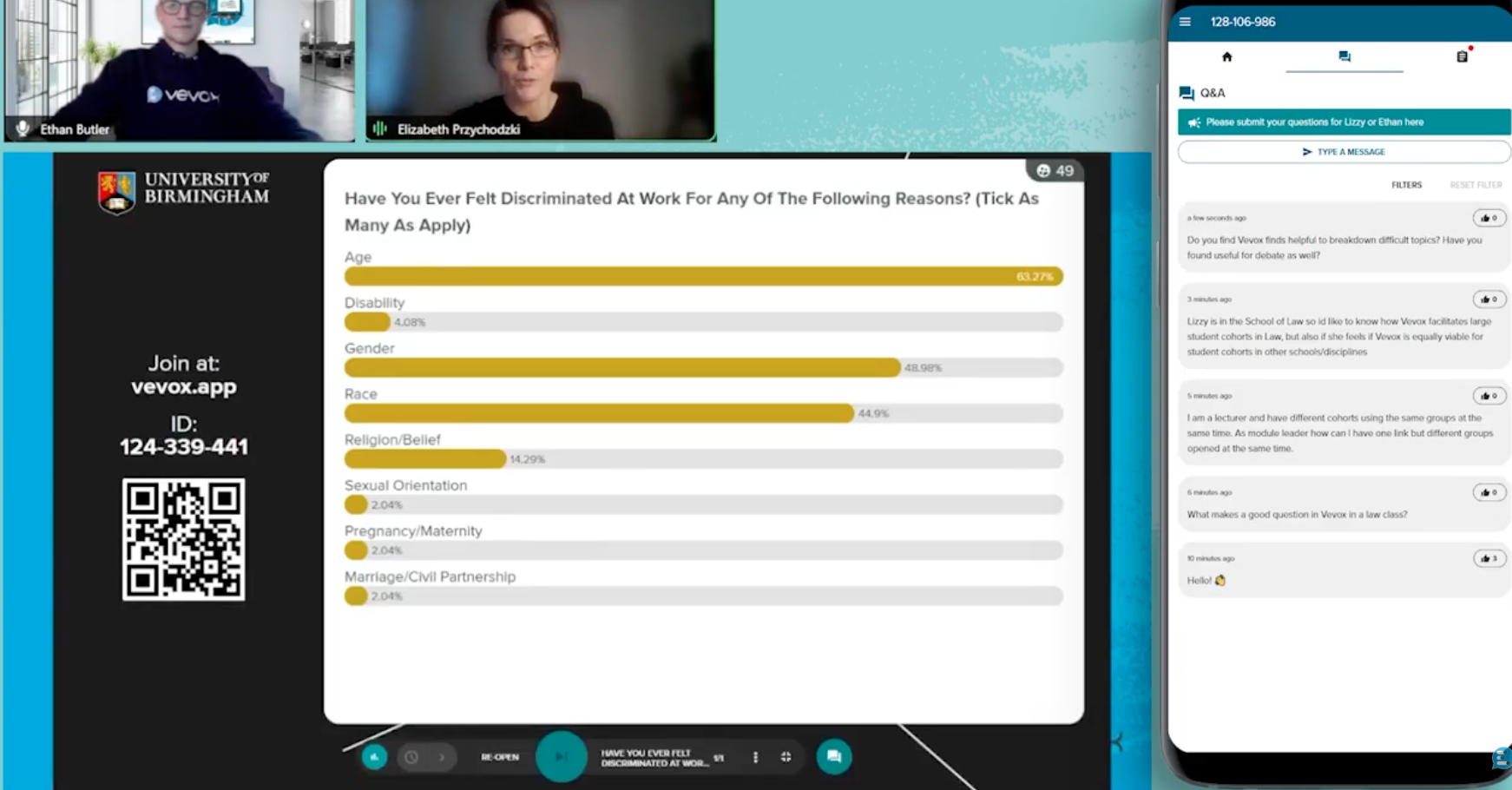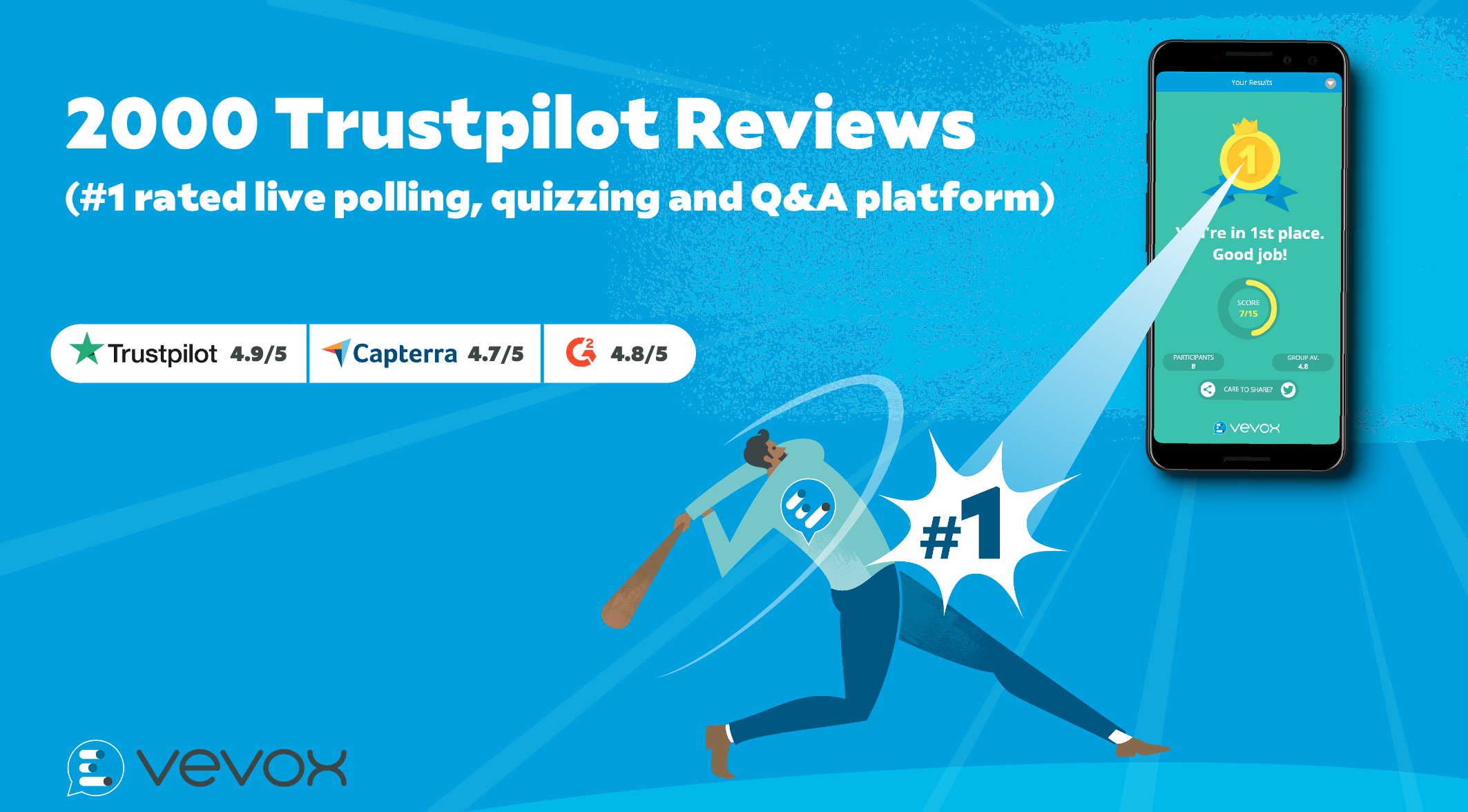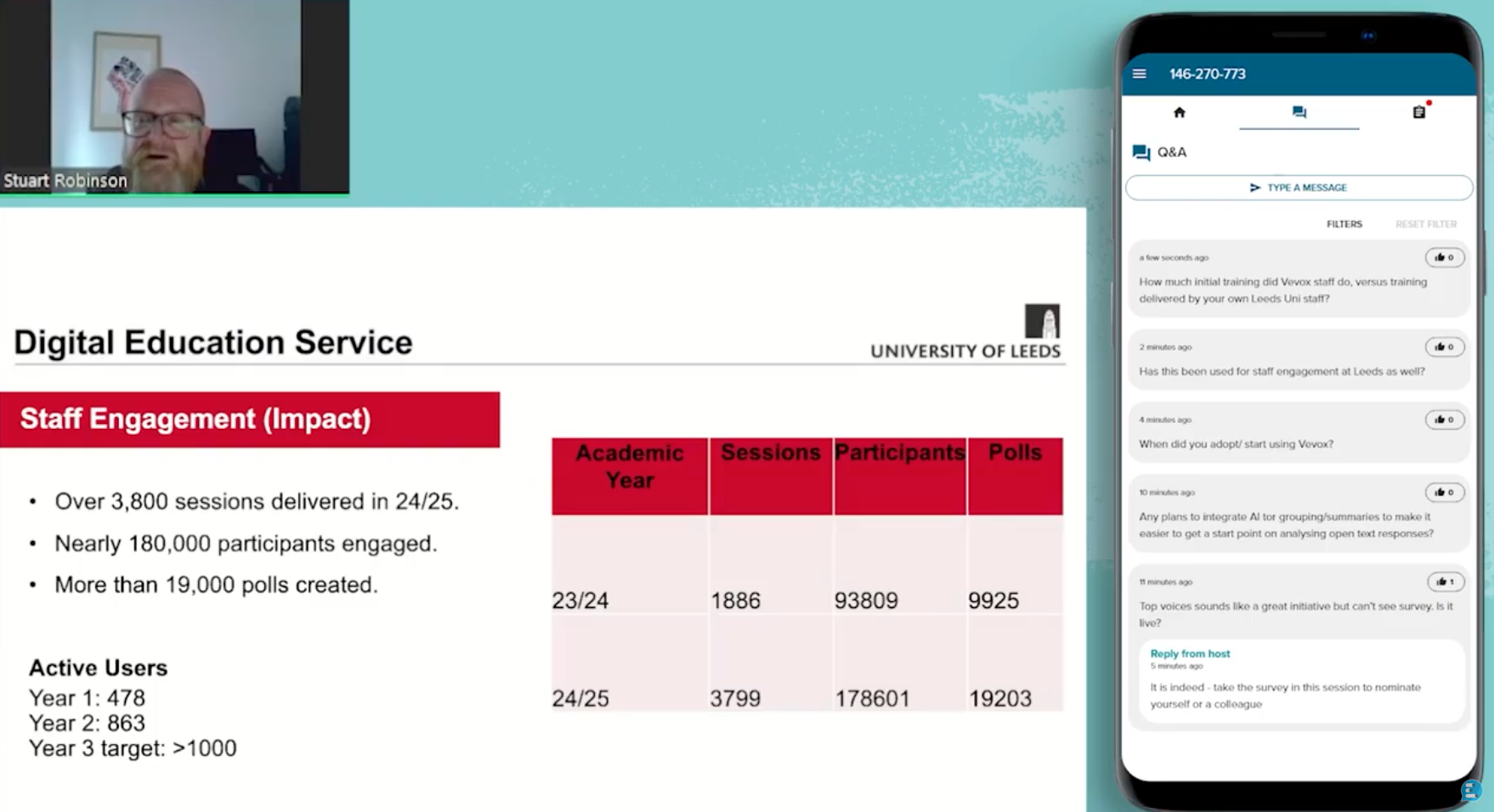We have all become vaguely familiar with the term ‘millennials’ to describe the age group in their teens and twenties. But now the term ‘neo-millennials’ is being used to describe those born after 1995. And these neo-millennials are by far the most tech-savvy generation ever, routinely spending substantial portions of their free time online, on social media, gaming and other online activities. Therefore, lecturers and teachers are facing a dramatic change in how they approach educating these students.
Importance of variety
While it makes sense to utilise their familiarity with technology within their education, many think that a combination of approaches is the best way to reach these students and help them gain a deeper understanding of any topic.
Lecturers have always used a range of methods to reach their pupils and the variation of new technologies simply enhances this. These students get their knowledge and experiences from a range of sources and are natural multi-taskers. This means video, podcasts and digital gaming are options for new styles of learning. Schools are already using the game Minecraft to help with reading comprehension and maths while the Institute of Play has highlighted that games have a positive effect on both social and cognitive development.
Technology systems are also being used to help accommodate the different learning styles within each class. They allow pupil-centred learning that uses different questions for students to suit their ability and learning styles.
Engagement and collaboration
Neo-millennials are used to receiving instant progress reports and to working with clearly defined goals due to their familiarity with apps and computer games. Education tech can make use of this by offering instant teacher assessments, meaning teachers can mark and collate question answers instantly and give feedback. This can be combined with messaging and discussion platforms to offer feedback even when outside the classroom.
The other big benefit of their use of apps and games is that they are typically more socially inclined. Schools can build on this natural social skill to develop deep and meaningful classroom collaboration. This enables students to learn the benefits of undertaking team-based tasks and allows for creativity and innovation as well as board use of their problem-solving skills.
Active learning
According to research, neo-millennials have an attention span of eight seconds and process information far faster than the previous generation did. They also relate to things better when they are real-life and points are made quickly rather than amid a mass of information. Active learning such as 3D printing, games, real-time assessment, virtual reality and even coding can all offer this style.
Ideas such as Bring Your Own Device also mean that students can use the kind of technology they are most familiar with from home and allow them to learn in the most natural way. They also allow a connection beyond the classroom.
The use of video and image sharing sites means these students are more visual than any previous generation and tend to make extensive use of emojis to express their emotions. The use of varied lessons with visually enhanced systems will ebable lecturers and teachers to reach pupils in familiar ways.
Conclusion
By understanding how neo-millennials learn, lecturers and teachers can ensure they offer the best education to these students and make certain that they are
using systems and methods that fit in with their natural activities, making school less of a trial and more of a continuance of their daily activities.




